1,576 days, 2,409 entries ...
Newsticker, link list, time machine: HOLO.mg/stream logs emerging trajectories in art, science, technology, and culture––every day
Donning his curator hat, Berlin-based artist Simon Denny turns New York’s Petzel into a “Multi-User Dungeon (MUD)” that connects 1970s table-top RPGs, early BBS networks, modern MMOs, and the metaverse. On view are works by 15 artists including Genevieve Goffman, Jack Goldstein, Josh Kline, Suzanne Treister, and Anicka Yi that “navigate the uncanny skeuomorphism of virtual worlds as they evolve over time and spill over into politics, finance and culture.” Denny’s own solo show, “Dungeon,” explores similar themes in parallel.
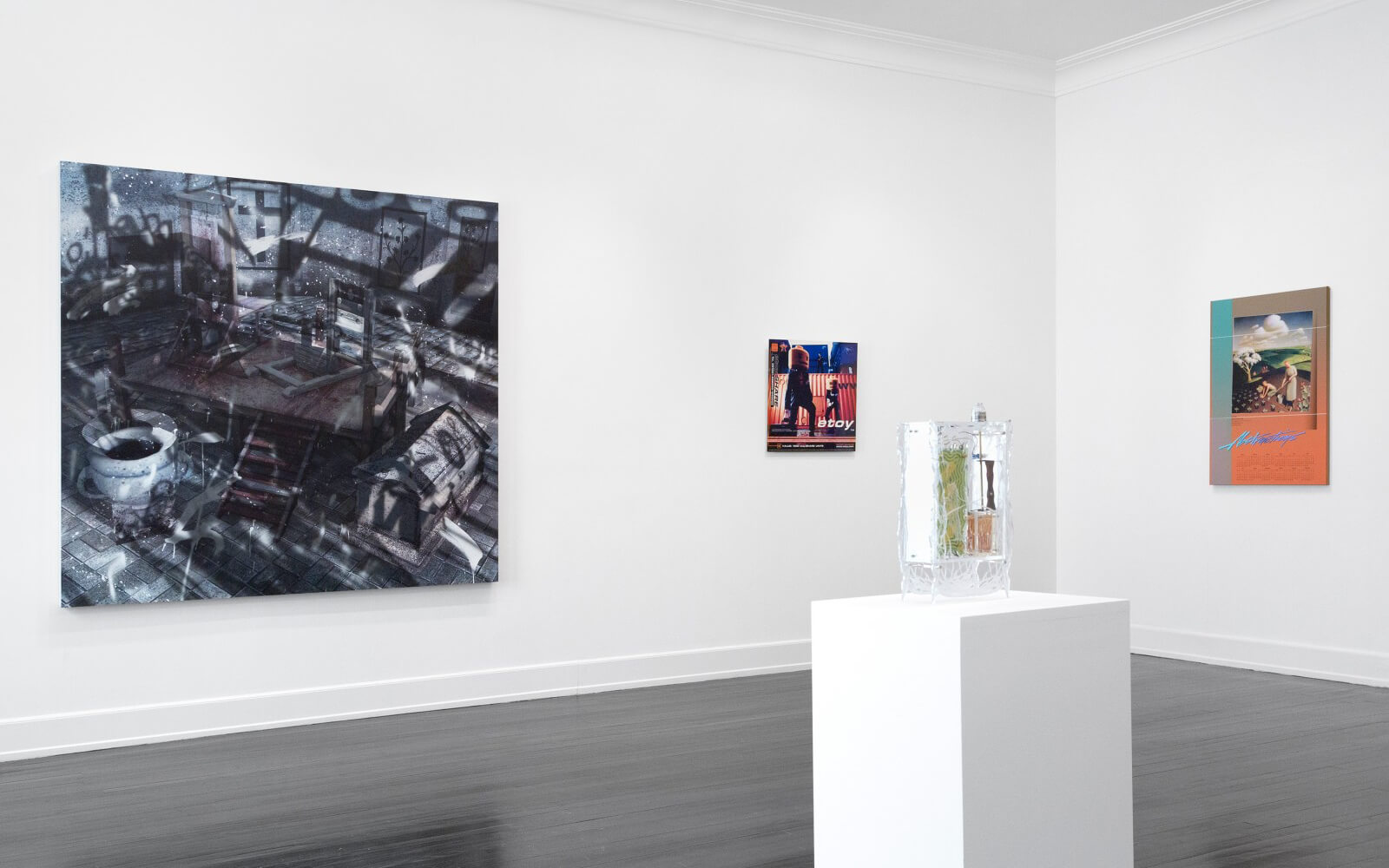
Simon Denny
Landscapes
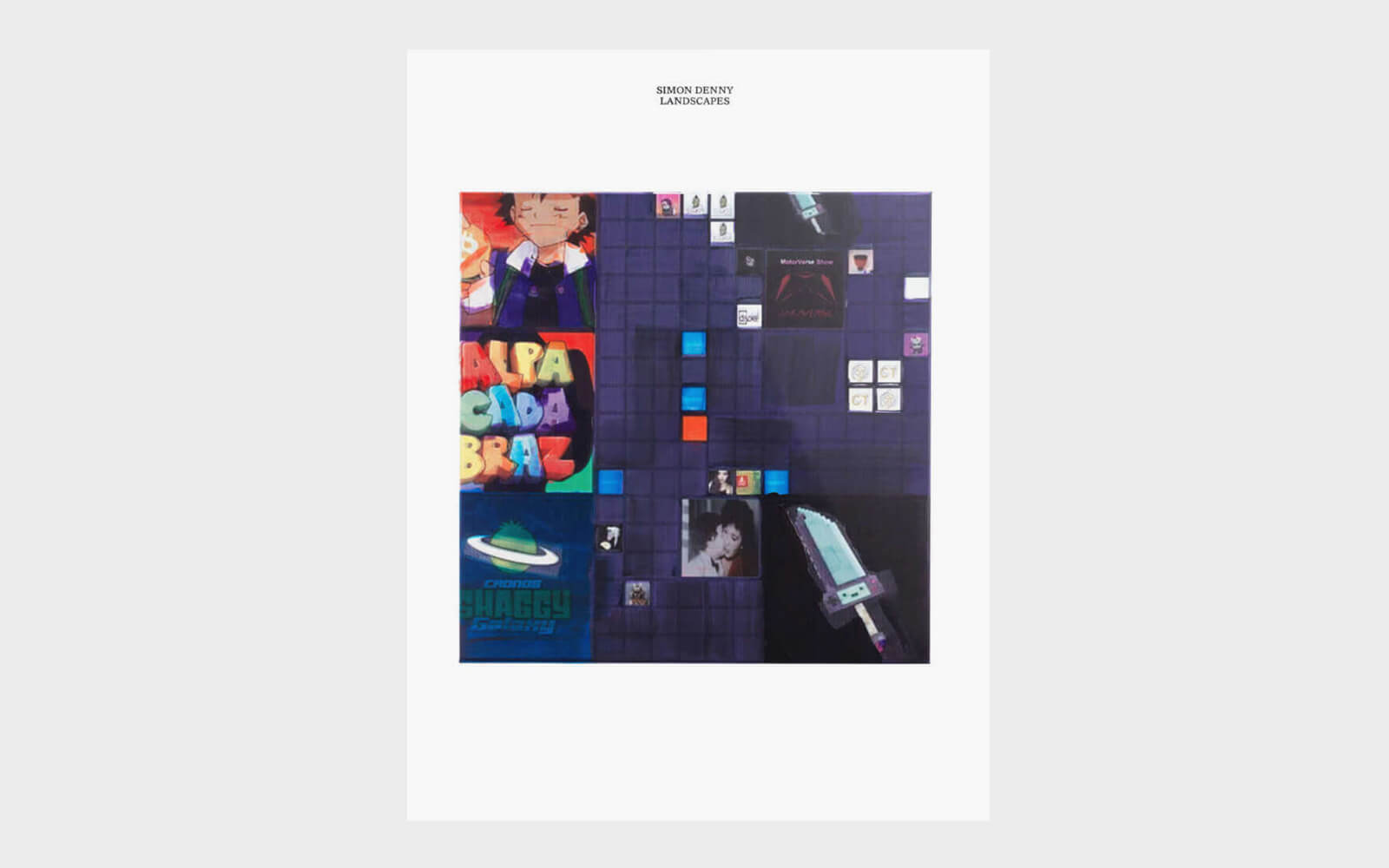
LaTurbo Avedon’s “Trust Your Technolust” opens at panke.gallery, marking the avatar artist’s first solo exhibition in Berlin. Examining “the wavering promises of virtual worlds” through AR sculptures and projection, Avedon presents past and present works from Club Rothko (2012-), a “virtual nightclub rendered at the end of the metaverse.” Meanwhile, IRL clubbers get to exlore Avedon’s site-specific AR sculpture Sky Queue (2024) while waiting outside of Berlin’s Tresor.
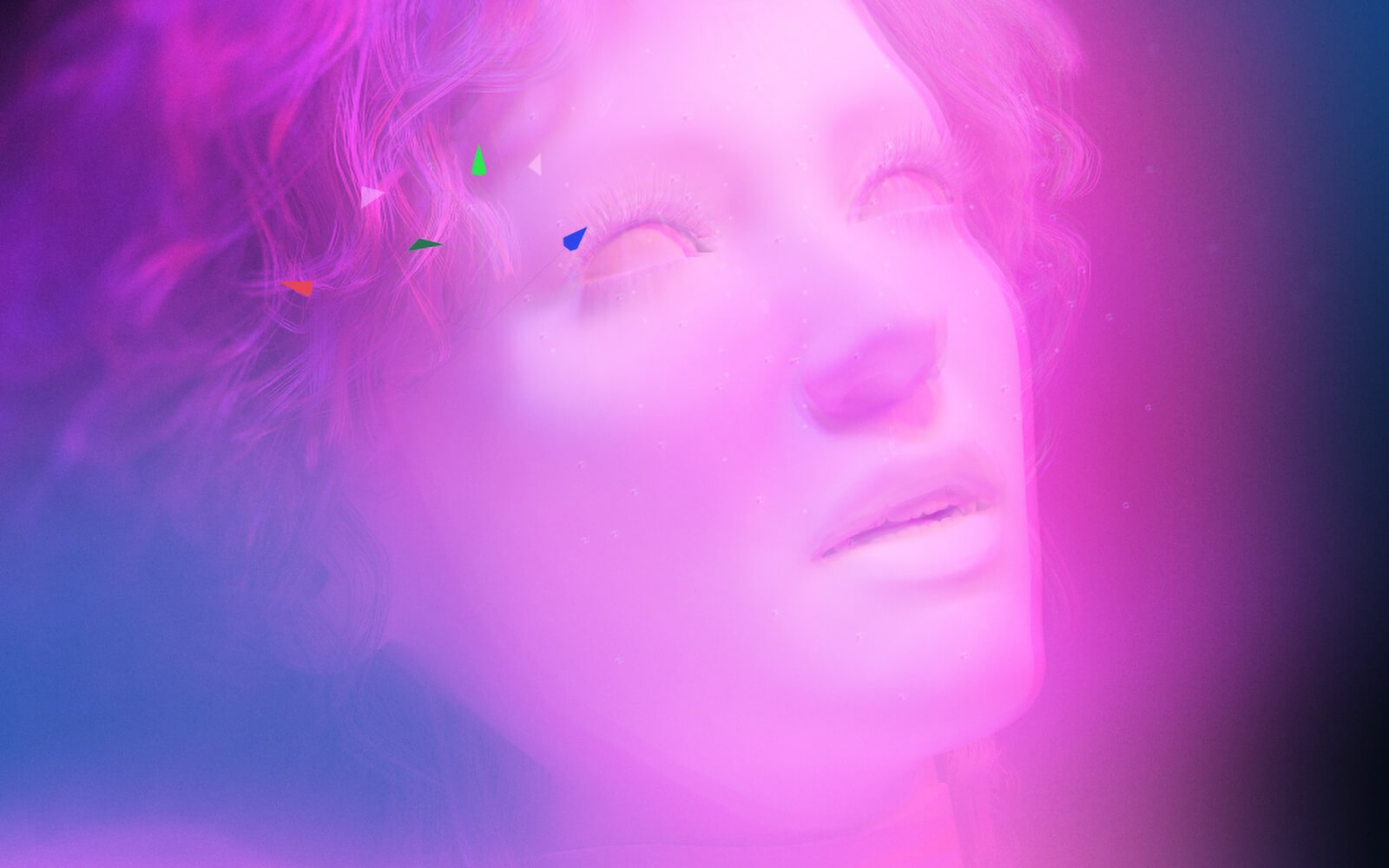
“Exploring the Decentralized Web – Art on the Blockchain” opens at Basel’s HEK (House of Electronic Arts), concluding the institution’s recent excursion into Web3. HEK’s Sabine Himmelbach and Boris Magrini gather some of crypto art’s finest including Simon Denny, Mario Klingemann & Botto, Sarah Friend, Chloé Michel, Rhea Myers, Operator, Lukas Truniger and others, to lay bare the politics and potentials of the metaverse. Of note: Kyle McDonald’s Amends (2022), a potent eco-critical work that’s on view for the very first time.
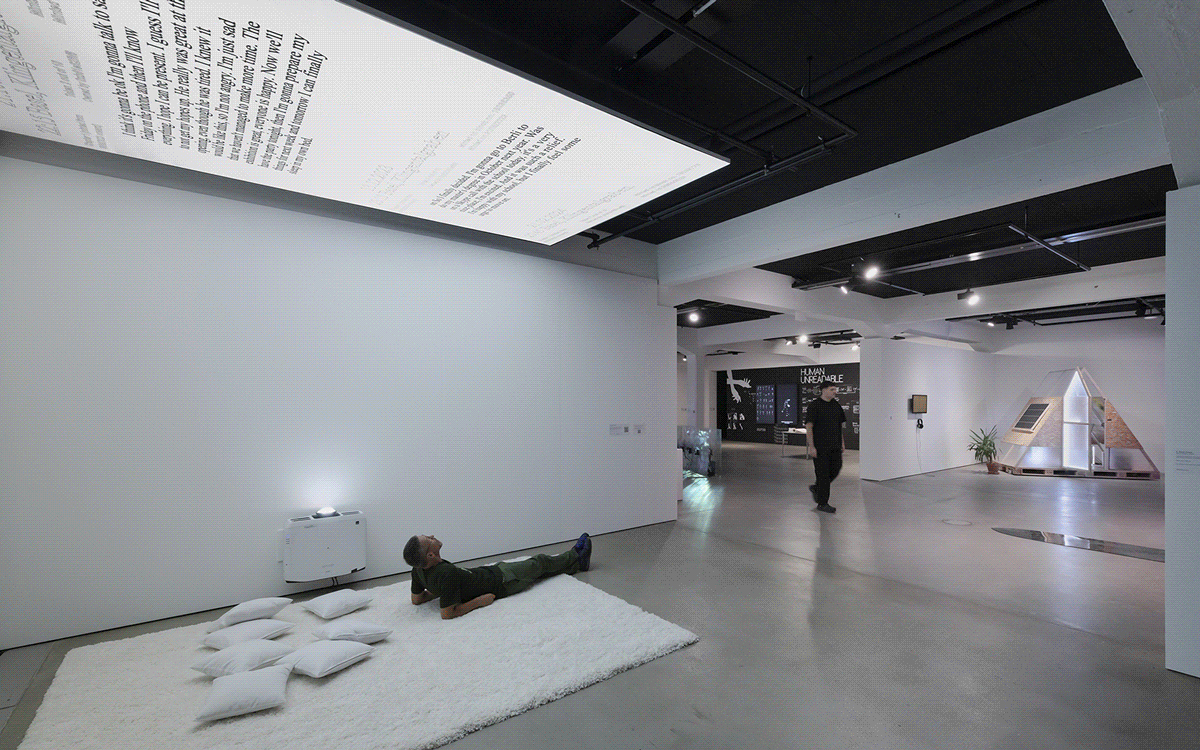
“What’s the default language that you go to to do that? It’s the modernist grid. That’s how you understand making new lands. That’s how you understand these digital frontiers. ”
“If Apple’s vision wins out, the fear is that we’ll all sink into our cyberpunk home theater goggles, consuming content as the world burns.”
Basel’s House of Electronic Arts (HEK) opens “Collective Worldbuilding,” an international group exhibition of “Art in the Metaverse.” 16 artists including Ian Cheng, Simon Denny, Sarah Friend, Holly Herndon, LaTurbo Avedon, Jonas Lund, and Omsk Social Club explore how—or if—a decentralized internet advances self-determination. In her new video piece Untitled (2023, image), for example, Friend explores market edge cases and identity boundaries with NSFW (not safe for work) AI images fine-tuned on herself.
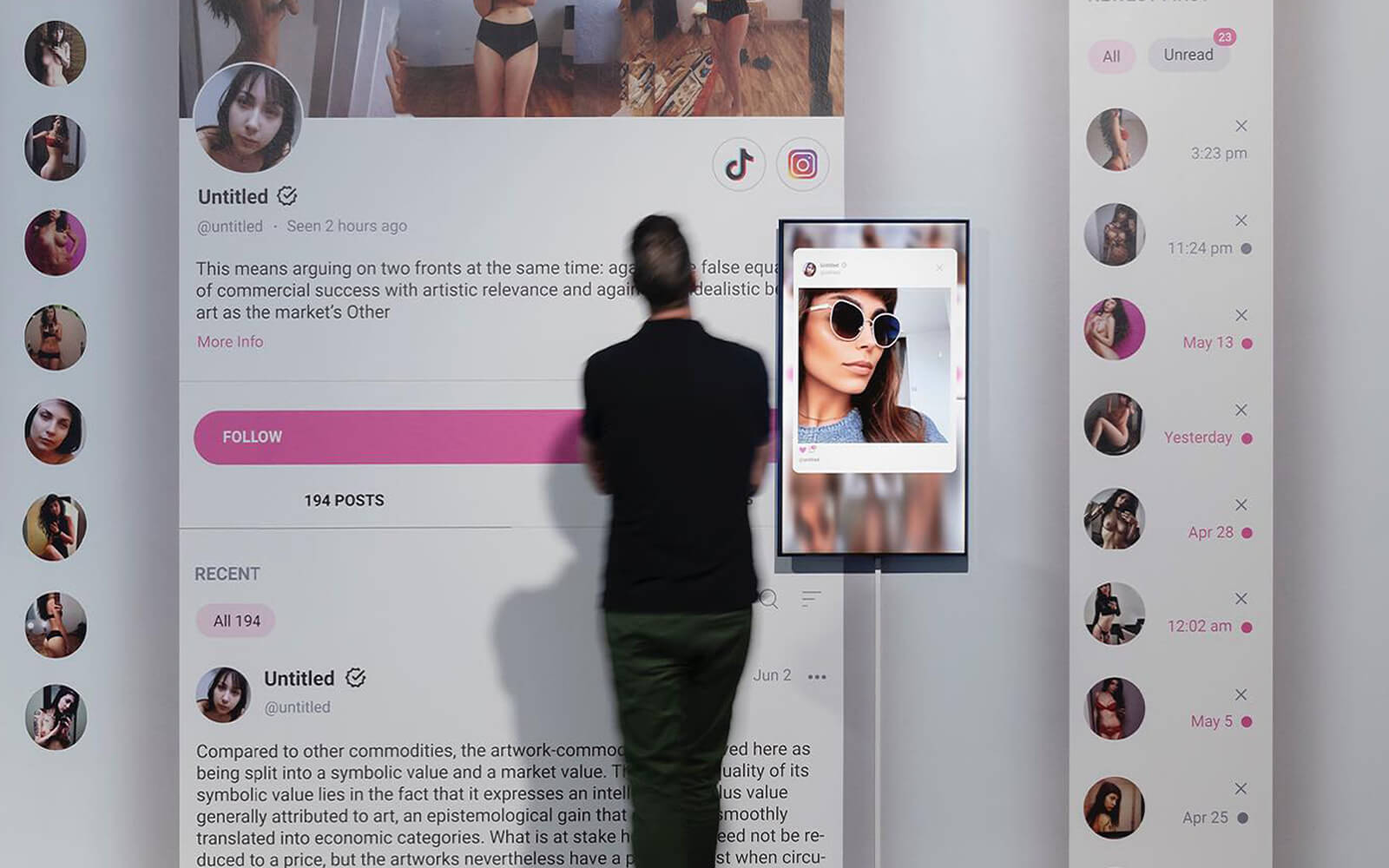
“Metaverse Landscapes” and “Uncomputables,” a pair of solo shows by New Zealander Simon Denny and Polish artist Agnieszka Kurant, open at Kunstverein Hannover (DE). The former features Denny drawing on landscape and abstract painting tropes to map the immaterial territory of crypto platforms in oil paintings (image: Metaverse Landscape 7: Somnium Space Small #138, 2023), while the latter showcases Kurant’s “quasi-alchemical transmutations” in sculpture (image: Post-Fordite 2021-22) and code.
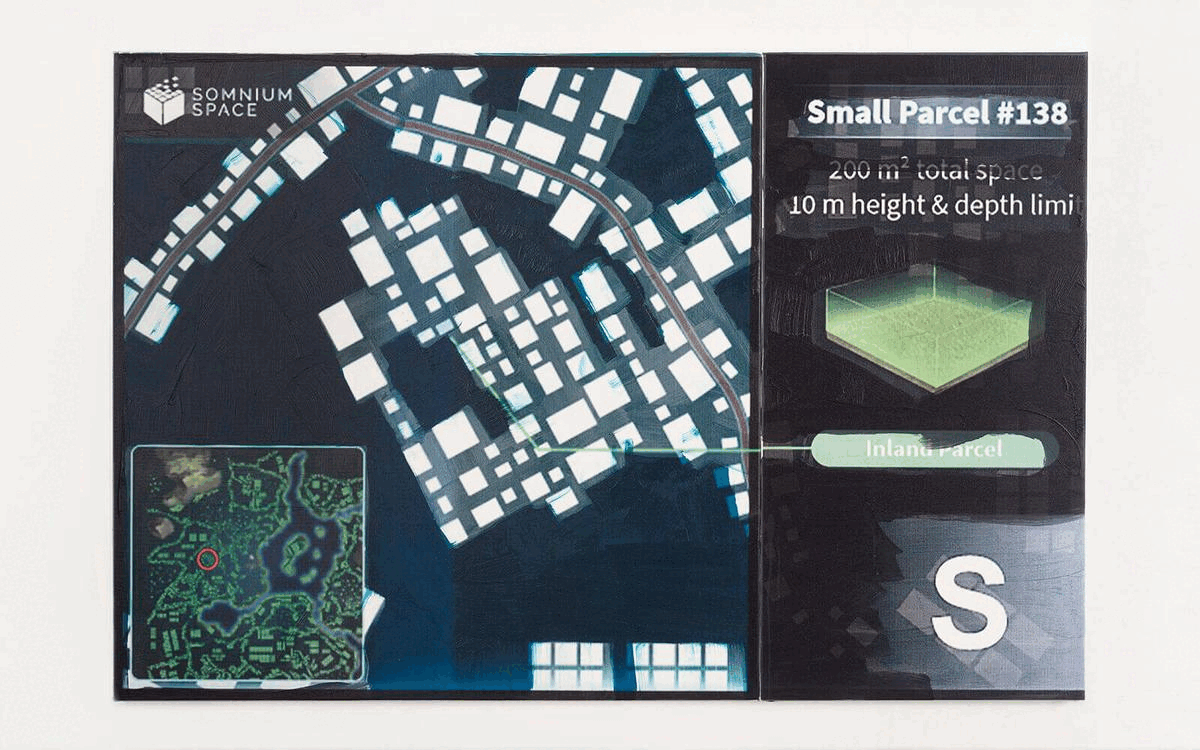
Singapore Art Museum (SAM) launches “Open Systems,” an online exhibition exploring how virtual space is “for rehearsing alternative and novel modes of social, political, and spatial organization.” Cat Bluemke, Total Refusal, and 20 other artists will present works in the coming months, while Alice Bucknell and Lawrence Lek share video essays at launch; the latter’s Pyramid Schemes (2018), repurposes the parkour gameplay of the Assassin’s Creed series to illustrate a polemic about architectural aesthetics.
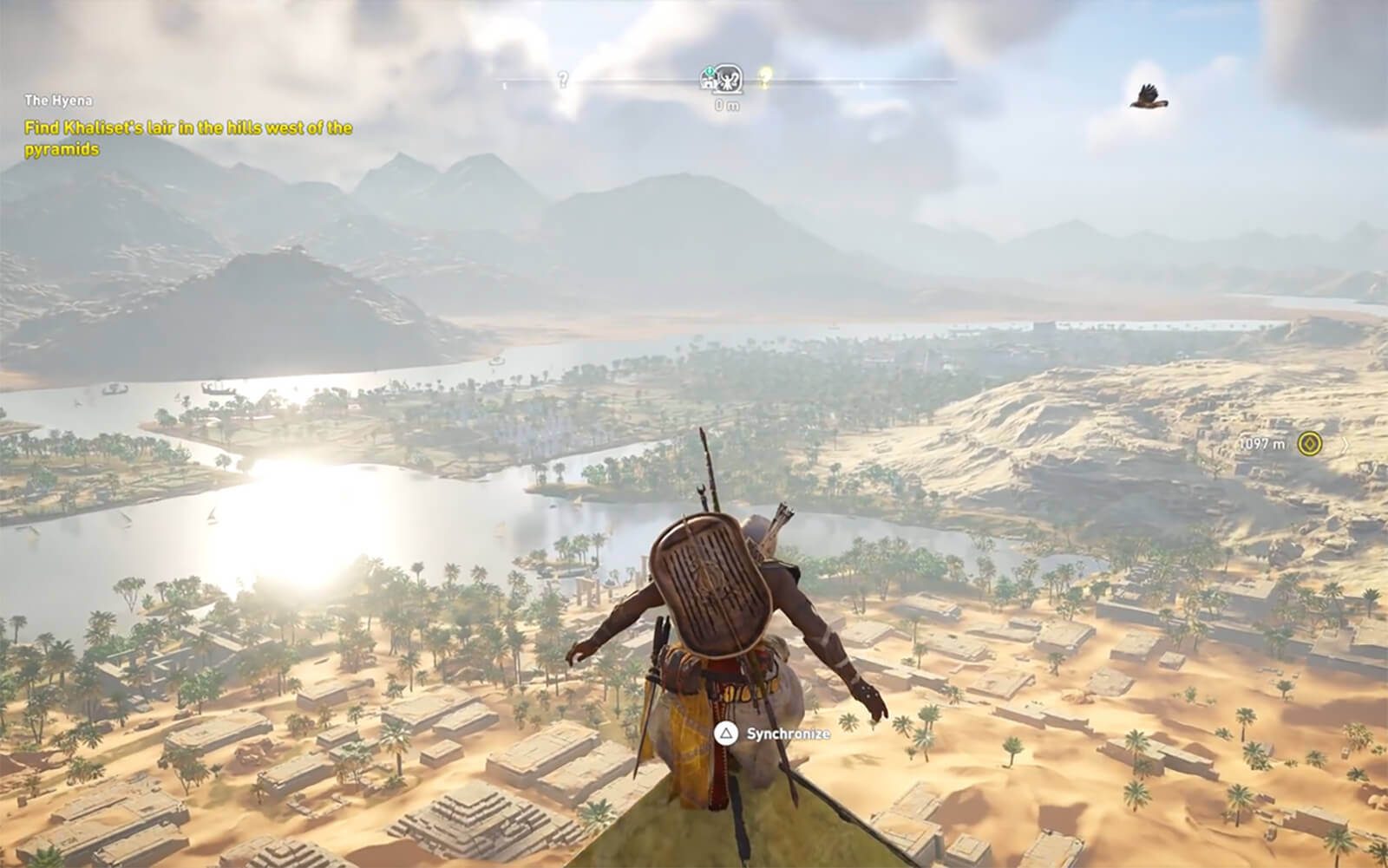
“Duotopia,” a survey of works by Chinese artist Cao Fei focused on “the metaverse, virtual reality, and the interactions between human and machine consciousness” opens at Sprüth Magers Berlin. The show presents a selection of works, some depicting virtuality, like Oz (2022, image), where an androgynous avatar floats idyllically, while others, like Meta-mentary (2022), discuss it, via video interviews with everyday people about “their thoughts on the metaverse and the distant future.”
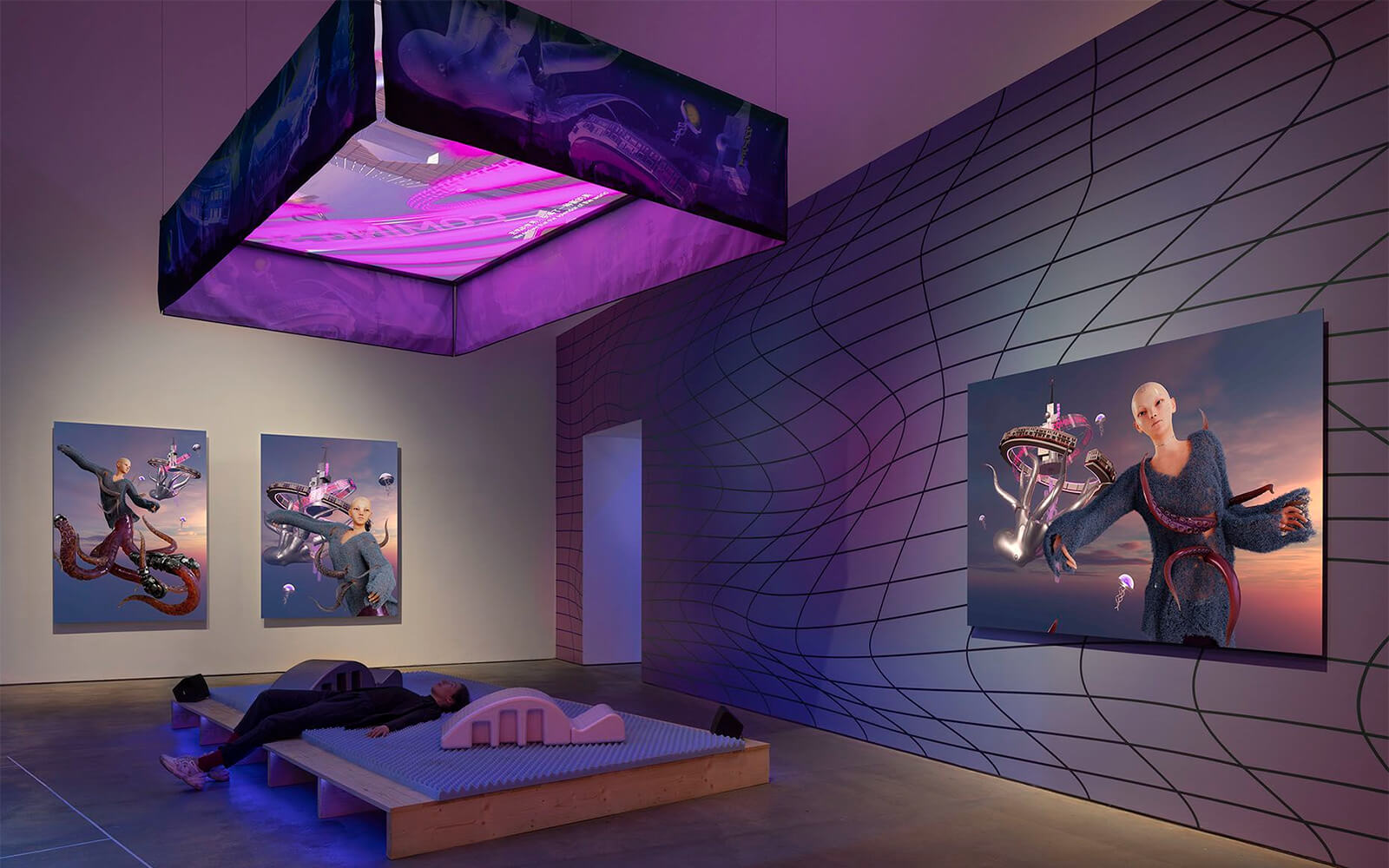
“I’m hoping we can move away from this single-minded effort to financialize everything and start trying to develop a more diverse economy that, by virtue of diversity, would be a more stable economy.”
“If Second Life goes bankrupt, like it once almost did, I would probably not go looking for another virtual world. I feel the same way about my marriage—I don’t think I’ll want another one!”
“A legless Donald Trump, just wandering the empty streets of Horizon Worlds, selling commemorative coins.”
“Metaverse homeowners associations. Metaverse building permit red tape. Metaverse NIMBYs. Metaverse property liens. Metaverse neighbourhood watch.”
A solo show featuring Beeple’s HUMAN ONE opens at M+ Hong Kong. Better known for its $29 million price tag than its gravitas, Mike Winkelmann’s wrap-around 16K video sculpture depicts “the first human born in the metaverse.” A beneficiary of the 2021 bull market and NFT boom, the work is now touring globally despite the fact the market that launched Beeple has tanked. Fittingly, Winkelmann will deliver a keynote titled “Beeple Crashes the Art World,” the day after the opening.
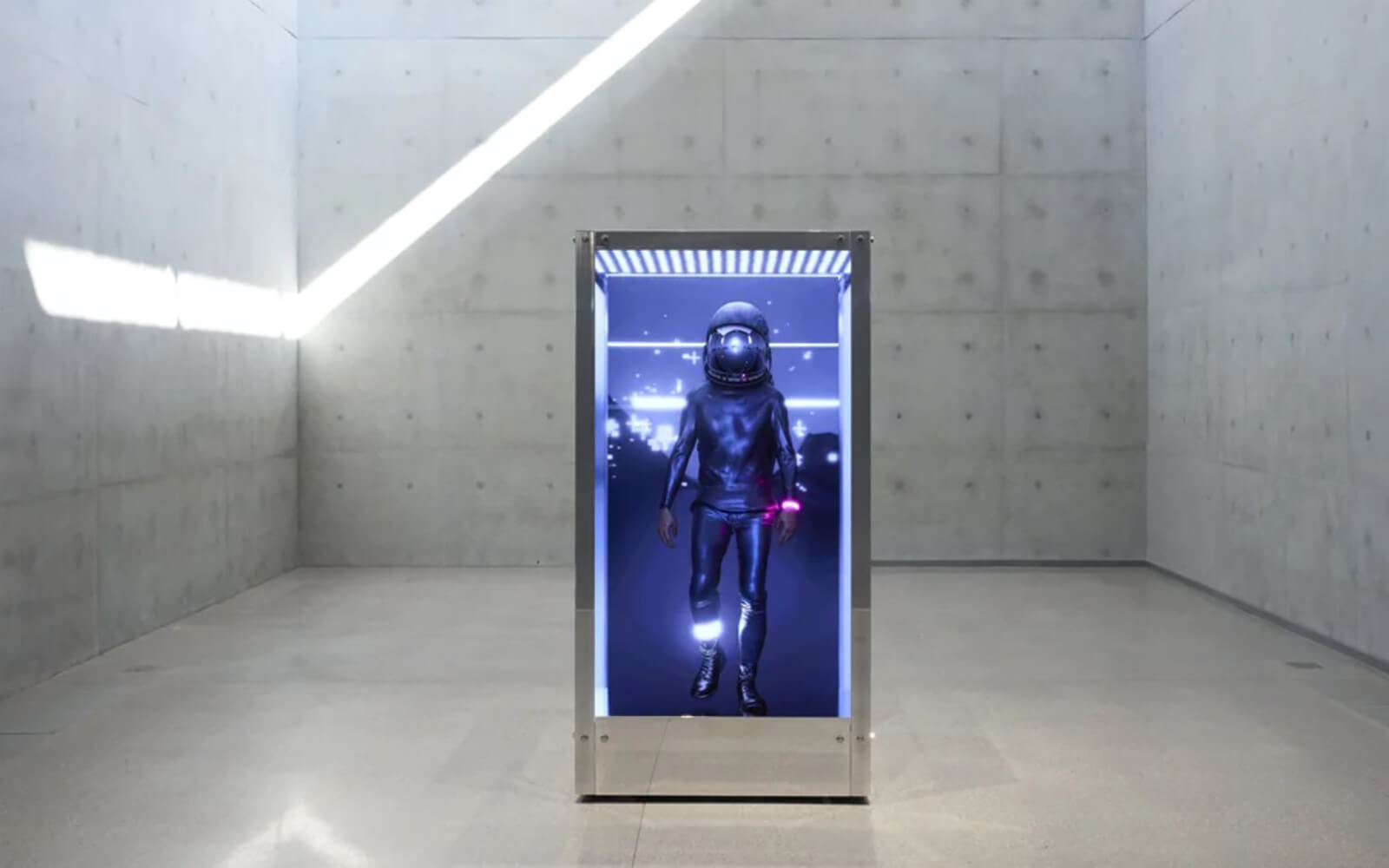
Mario Santamaría’s solo show “Gárgola” opens at Centre d’Art la Panera, Lleida (ES), wedging two metaverses into one exhibition space. An architectural structure marks the exact plot of land the Spanish artist purchased in Next Earth, a virtual 1:1 reproduction of the planet, while suspended screens render a 13,5 billion light-years drop (the fall, 2022) into the Voxels Ethereum virtual world. A winding liquid cooling system further reminds viewers of computing’s (very real) materiality.
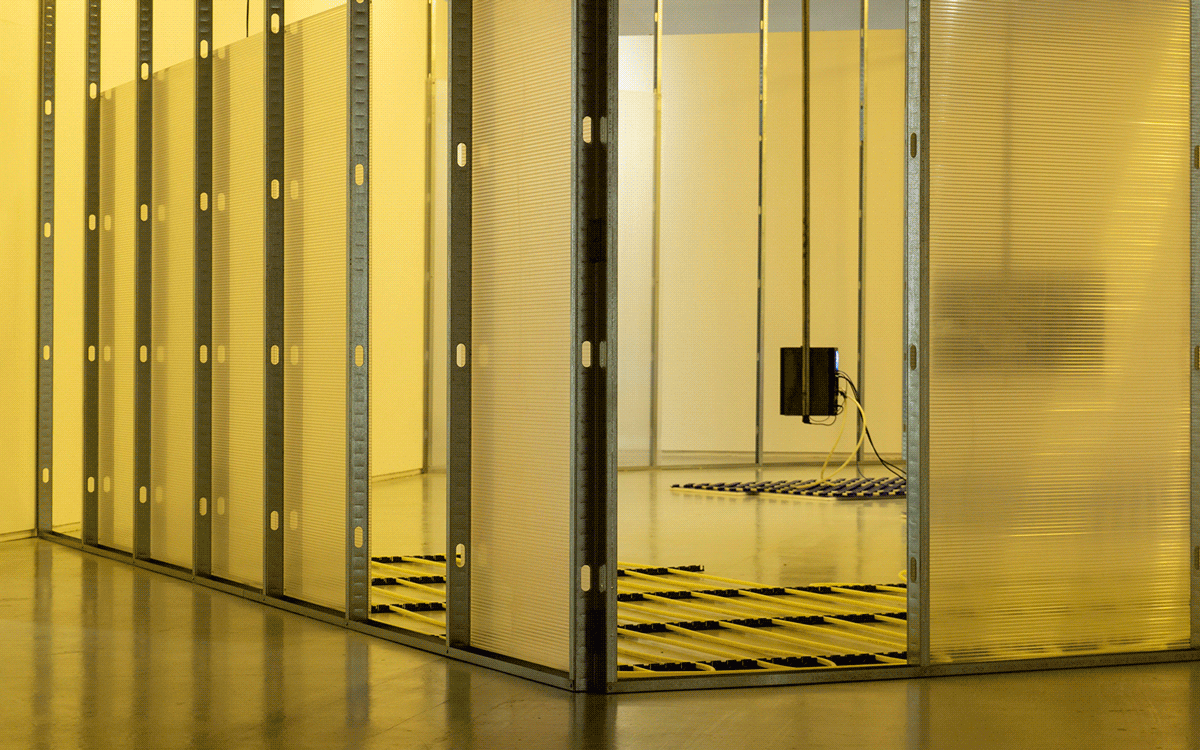
“This POV camera was a little creepy, because it didn’t notify others when it was turned on. When I revealed I was recording, people would sometimes shout, ‘she’s a fed!’ and run away.”
Köerner & Martinez (eds.)
Software for Artists Book: Untethering the Web
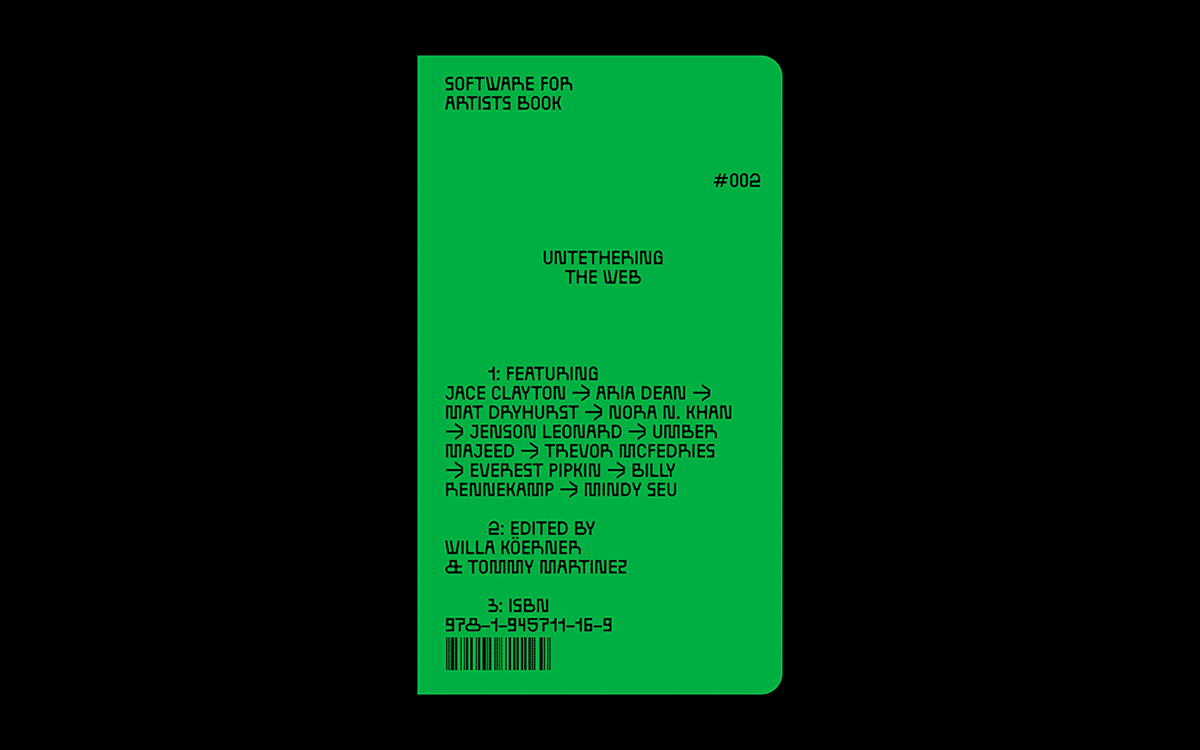
“As its possibilities expand, it’s important to consider the potential threats and dangers as the metaverse introduces risks related to legislation, property, control, fraud, privacy threats, ethics, and security.”
Daily discoveries at the nexus of art, science, technology, and culture: Get full access by becoming a HOLO Reader!
- Perspective: research, long-form analysis, and critical commentary
- Encounters: in-depth artist profiles and studio visits of pioneers and key innovators
- Stream: a timeline and news archive with 1,200+ entries and counting
- Edition: HOLO’s annual collector’s edition that captures the calendar year in print
